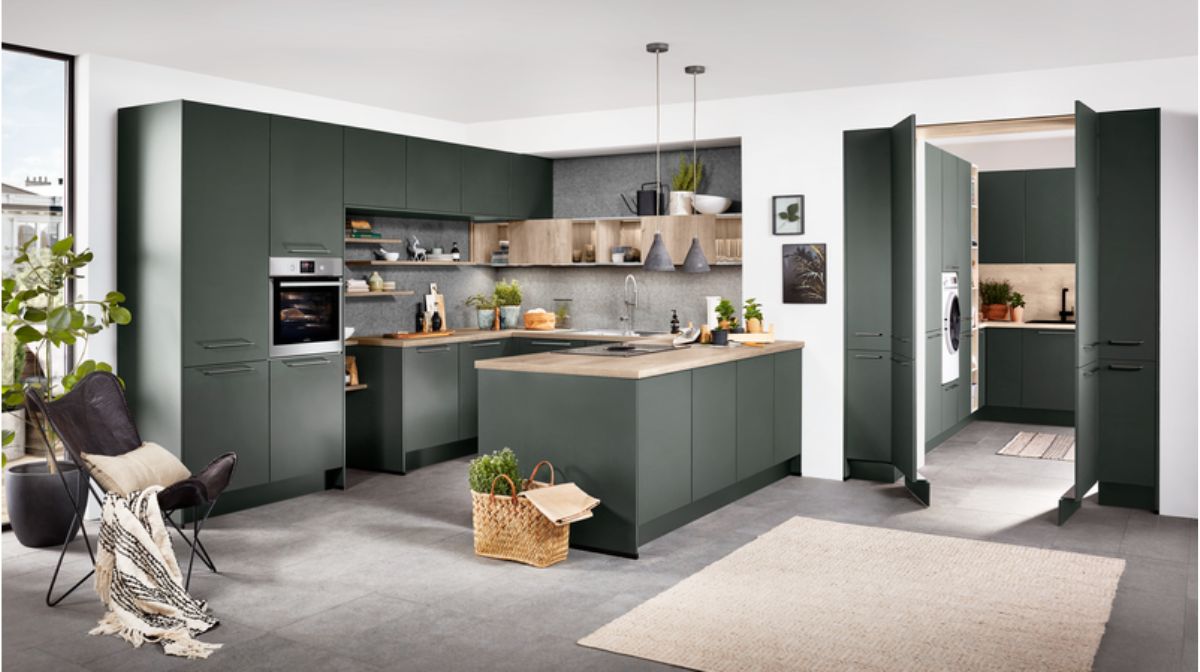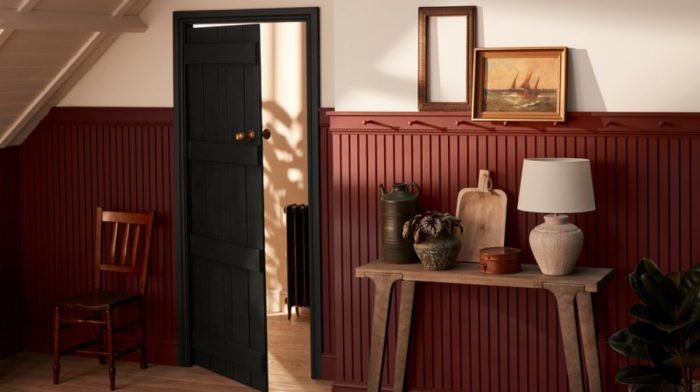Are you in need of a new tumble dryer but worried about installation? No need to worry, Homebase has you covered. When you order a tumble dryer with us, our appliance partner AO.com will deliver, fit and install your large kitchen appliances for you, as well as remove and recycle your old dryer.
We’ve also put together a comprehensive guide on how to install a tumble dryer, including everything you need to consider before the installation. Our blog explores the different types of dryers, their specific installation guidelines and general top tips for how to successfully fit a new tumble dryer.
Tips for installing a tumble dryer
When it comes to installing your new tumble dryer, there are a few universal rules you should follow, such as where in your home it should live. Remember, all our tumble dryers are delivered by our expert appliance partner AO.com. They will always help you with moving your dryer around and installing it properly. AO will also remove and recycle your old tumble dryer that’s no longer needed.
As tumble dryers are cumbersome, you should decide on a suitable spot for your dryer in advance. Tumble dryers can also shake during a cycle, so it’s best not to house it upstairs unless completely necessary.
You should also avoid putting your tumble dryer next to a fridge freezer or other cold appliances. The dryer will generate heat, forcing a fridge or freezer to work harder to remain cool and therefore reduce its overall efficiency and bumping up your energy costs. If you want to learn more about maximizing efficiency, you can read our blog on energy ratings energy ratings of fridges, washing machines and other kitchen appliances.
The installation guidelines, including specific location requirements, depend on the kind of tumble dryer you have. Let’s have a look at the three main types of tumble dryers and how their installation works.
How to install a vented tumble dryer
As vented tumble dryers are the most complicated kind of dryer to fit so it’s best to leave it to a professional.
Vented tumble dryer installation requires drilling into your wall to create an external opening. This can be dangerous and damaging to your home if not done properly, so you should always contact a professional rather than trying to tackle home installation yourself. At Homebase, our appliance partner AO.com provides free, expert fitting when they deliver, if you’re replacing your vented tumble dryer.










